
Wednesday, April 25, 2018
Einstein's 'spooky action' goes massive
A research team has shown that entanglement of massive objects can be generated and detected.
Unusual magnetic structure may support next-generation technology
Although helical structures are typically formed by magnetic moments that wind around an axis in a set direction, researchers discovered that Fe3PO7 does not pick a particular direction and allows only short-range helical structures to form. These structures may provide novel technological capabilities.
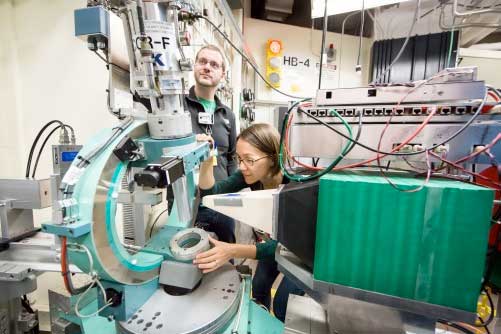
Breaking bottlenecks to the electronic-photonic information technology revolution
Researchers have achieved an optical communications breakthrough that could revolutionize information technology.

A promising nanoparticle delivery method for immunotherapy combination
Using nanoparticles to bind molecules that can unleash and stimulate immune cells, researchers found they could more effectively trigger the body's defenses system against cancer in laboratory studies.
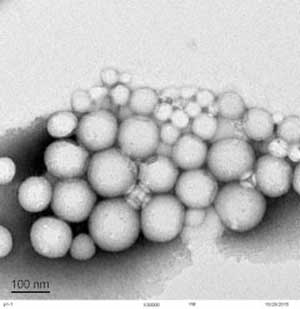
Novel technique achieves 32-fold increase in bactericidal effects of nanosilver
Silver nanoparticles used in hospital materials and cutting-edge medical research can be obtained by a method that intensifies their potency and also reduces production costs.
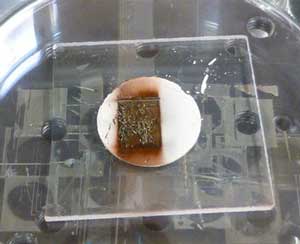
A high-tech spin on spider silk
This game-changing technology can transform polymers from soft and thermally insulating materials to an ultra-strong and thermally conductive material.
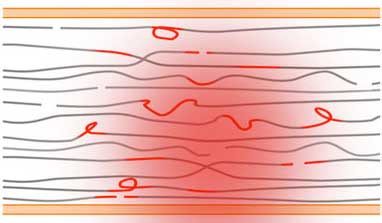
Quantum dots enable faster, easier photon detection, more secure data
Scientists developed a method of detecting single photons using tiny semiconductors called quantum dots.
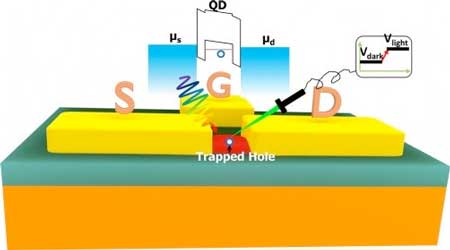
Turning graphene into light nanosensors
Tuning the graphene embedded in a photonic crystal by varying the external temperature can transform it into a light-sensitive sensor.
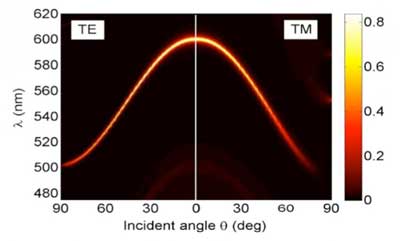
Researchers create precision optical components with inkjet printing
New additive manufacturing technique could be used to combine optics, microfluidics and electronics on a single chip.
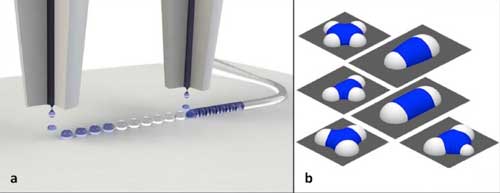
Engineers get a grip on slippery surfactants
Researchers extend formulas to account for complex surfactants in enhanced oil recovery.
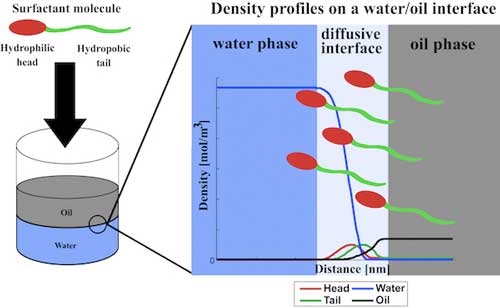
Nanowires could make lithium ion batteries safer
In an effort to develop a safer battery, scientists report that the addition of nanowires can not only enhance the battery's fire-resistant capabilities, but also its other properties.
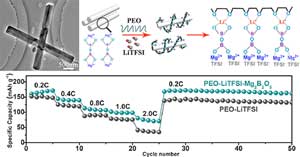
Watching nanomaterials form in 4-D
Novel technology allows researchers to see dynamic reactions as they happen at the nanoscale.

Why perovskite solar cells are so efficient
Scientists have gained fundamental insight into the function of perovskite solar cells. They found that bound states of electron-hole pairs can form during the absorption of light.
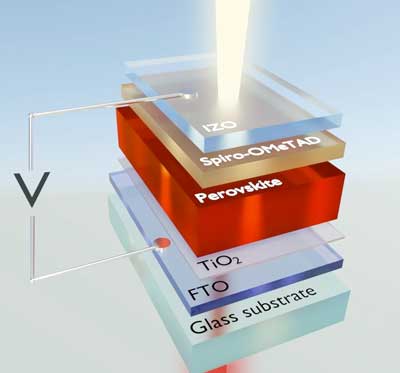
Surface engineering gets the red light
Perovskite particles could improve the performance of solar cells and light-emitting diodes via a simple process to stabilize the nanocrystal surface.
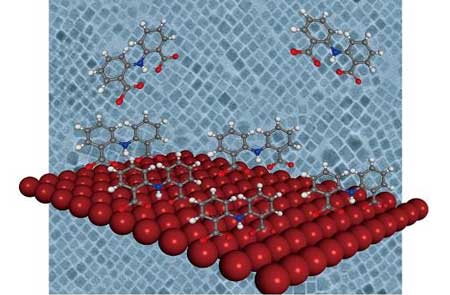
Subscribe to:
Comments (Atom)
